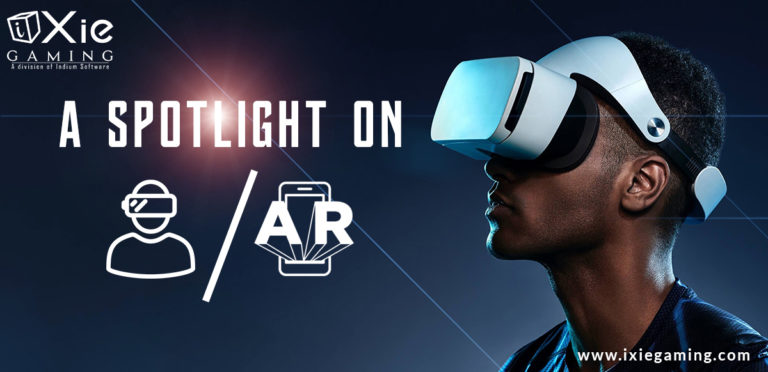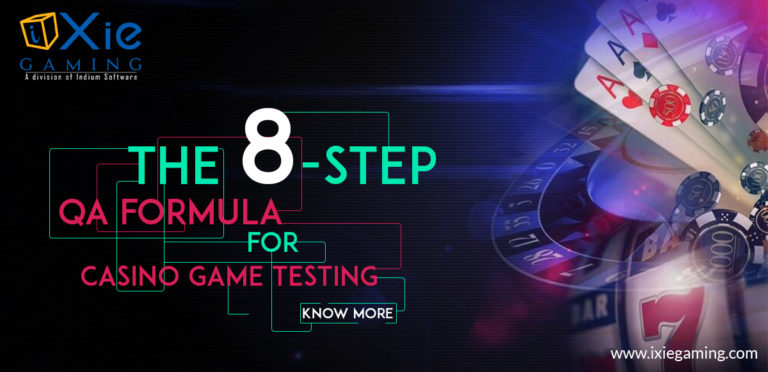Games are more than just a diversion. They are an interactive form of entertainment that can be enjoyed from beginning to end in a short time. However, developing games has become very time-consuming and expensive. This is why game art studios have emerged over the past decade. Instead of working on the next big blockbuster title alone, game art studios help companies create their titles with minimal financial investment. Many ask if there is a future for these developers who spend years developing these games. This article will explain about Game Art Studios and what it means for the future of gaming!
What is a Game Art Studio?
Game art studios are organizations specializing in producing digital interactive media. They can range from small one-person shops to large corporations with multiple locations worldwide. Still, they all provide a similar service: they produce graphics and animation for games, web applications, and other digital content.
2D and 3D are the two main types of game art studios because each has its specialties and challenges. In 2D games, artists use 2D and 3D art styles, using 2D art to create backgrounds or environments and 3D models to develop characters or other objects. The artists must be able to draw in a variety of styles as well as work with both 2D and 3D software.
3D games require more time and effort from the artist than 2D ones, but they also have many more options for what kind of content they can create. They often create highly detailed models for characters and other objects, which can take hours or even days to render into the game world.
What do Game Art Studios do?
Casual Mobile Art
Game art studios have been around for decades, but the industry has recently seen an explosion of casual mobile games. These games are designed for simple gameplay, with no prerequisites and a wide range of difficulty levels, which means that they’re accessible to a much wider audience than most traditional games. And with the internet being so widely accessible in the 21st century, this makes casual mobile art as a service a valuable tool for game developers.
2D and 3D character development
2D and 3D character development offer game artists and developers the ability to create their characters rather than using pre-made characters. The studio will provide a script for the character’s dialogue, which you can customize to fit your game’s needs. 3D characters are great for games that need to capture players’ attention but also have more complex mechanics like fighting and other interactions. 3D characters are usually more expensive than 2D characters, but they’re also better suited for games with more action-oriented gameplay.
3D environment
Gaming art studios create 3D environments for games by using a process called 3D modeling. In this process, they use a computer program to make a three-dimensional representation of the world. This representation can be used in games to create everything from characters to buildings and even entire environments.
Isometric art
Gaming art studios create isometric art for games using photoshop, Zbrush, and other software to create the images themselves. They then use those images as templates to get their artists started on the project. The artists will then use 3D models of characters, objects, and settings in real life to begin their work. They can also use reference images or photos of things they want to create based on something they have seen.
UI/UX
Gaming art studios use UI/UX in their productions to create engaging and fun games for players. The process includes creating user design patterns, creating interactions through user testing, and implementing what is learned. These studios want to make sure that their games are not just enjoyable for players but also easy for them to use.
The All New iXie! End-to-end Gaming Services Powered by a Brand-new Identity
Benefits of Game Art Studios
Time-Saving
Hiring game developers involves a time-consuming process of interviewing, screening, and training. This takes time and delays the entire game development process. Instead, by using an outsourcing company, you can quickly find qualified game designers with the right skills and avoid the time-consuming hiring process.
Scaling your team’s skills
Even if you have an in-house graphics team, you may need to bring outside artists for larger projects. Outsourcing game graphics allows you to upgrade the skills of your team and tailor costs to your needs.
Better Results
Developing complex products can significantly strain in-house teams, which can affect the outcome of your project. In contrast, outsourcing game-art services can solve this problem, leading to better results and less risk of product failure. Even if the outsourced team fails to deliver the expected results, there are plenty of other options.
Timely Release
When internal teams work under pressure, they often exhaust their resources and make mistakes. In contrast, many outside artists take an iterative approach, breaking the project into phases. This approach allows the artist to assess the situation and make necessary changes accurately. This provides more opportunities to manage risks and increases the likelihood of meeting deadlines.

Game Art Outsourcing Tips
Spare no effort to monitor the outsourcing market
The games market is constantly evolving, so it is essential to check in on the latest trends and developments regularly. This will help you identify potential outsourcers that may be a good fit for your project.
Create a detailed specification of your project
When outsourcing game art services, it is crucial to be as specific as possible about what you are looking for. This will help to ensure that you end up with the results that you are looking for.
Take care of your intellectual rights
Make sure that you have all the necessary rights and permissions in place before outsourcing any game art. This will help to protect your intellectual property and prevent any legal issues down the line.
Don’t be shy to check the outsourcer’s qualification
When considering an outsourcer, review their portfolio and qualifications to ensure they are a good fit for your project.
Participate in the design pipeline
Be involved in the design process as much as possible to ensure that the final product meets your expectations.
Final Words
As you can see, game art studios have become an integral piece of the gaming puzzle. That’s not to say they’re flawless (nor is any other business model in the industry), but they have proven that they have what it takes to survive and thrive in a very crowded gaming market. With more studios coming online every year, who knows what the future holds? It’s certainly a bright one, so keep your eyes peeled for new and exciting developments as they happen!
Inquire Now to experience an end-to-end gaming services from the Gaming Giant!






